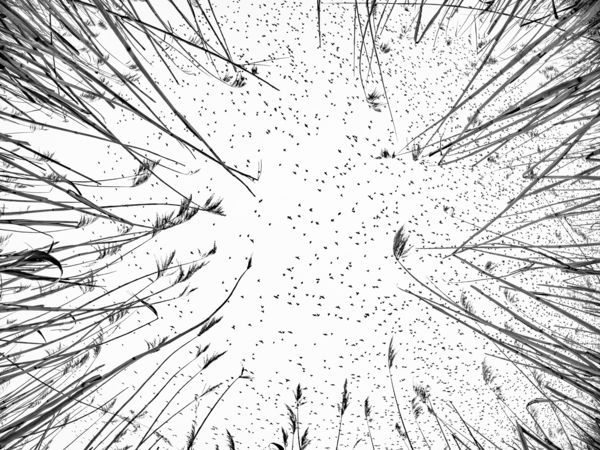The National Park was established in 1975. The area of the Park is almost 515 km². The headquarters is in Kecskemét.
The Park’s diversity is based on its mosaic structure, since different regions represent different landscapes and habitats. The park was established to protect the natural assets of the expansive plains along the Danube – the Felső-Kiskunság Puszta, the Lakes of the Felső-Kiskunság and Miklapuszta.
The largest and most characteristic geographical unit of the Kiskunság and the park itself is the Homokhátság between the River Danube and the River Tisza. One of its geographic regions is Bugac which is the most well-known area of the national park.
The Puszta of the Felső-Kiskunság is featured by extensive grasslands and pastures. Strictly protected birds such as great bustards that nest on the salt plain are frequent here. On the Solt Flats between Szabadszállás and Akasztó, the Lakes of the Felső-Kiskunság form the largest salt lake system in Hungary. The Ramsar Convention also protects this area which is an important stopover site for birds on migration. The national park itself has two backwaters – one at Szikra and the other one at Tiszaalpár – where the floodplains are dominated by valuable alluvial forests. Within the two landscape protection areas along the River Tisza, the backwaters of Pusztaszer are the most valuable habitats. The Labodár backwater has international importance as a wetland habitat. The two fish pond systems of the national park are the Lake Fehér and the Lake Csaj that are both famous for their avifauna. The Ópusztaszer National Monument Park is also located within this region.



























